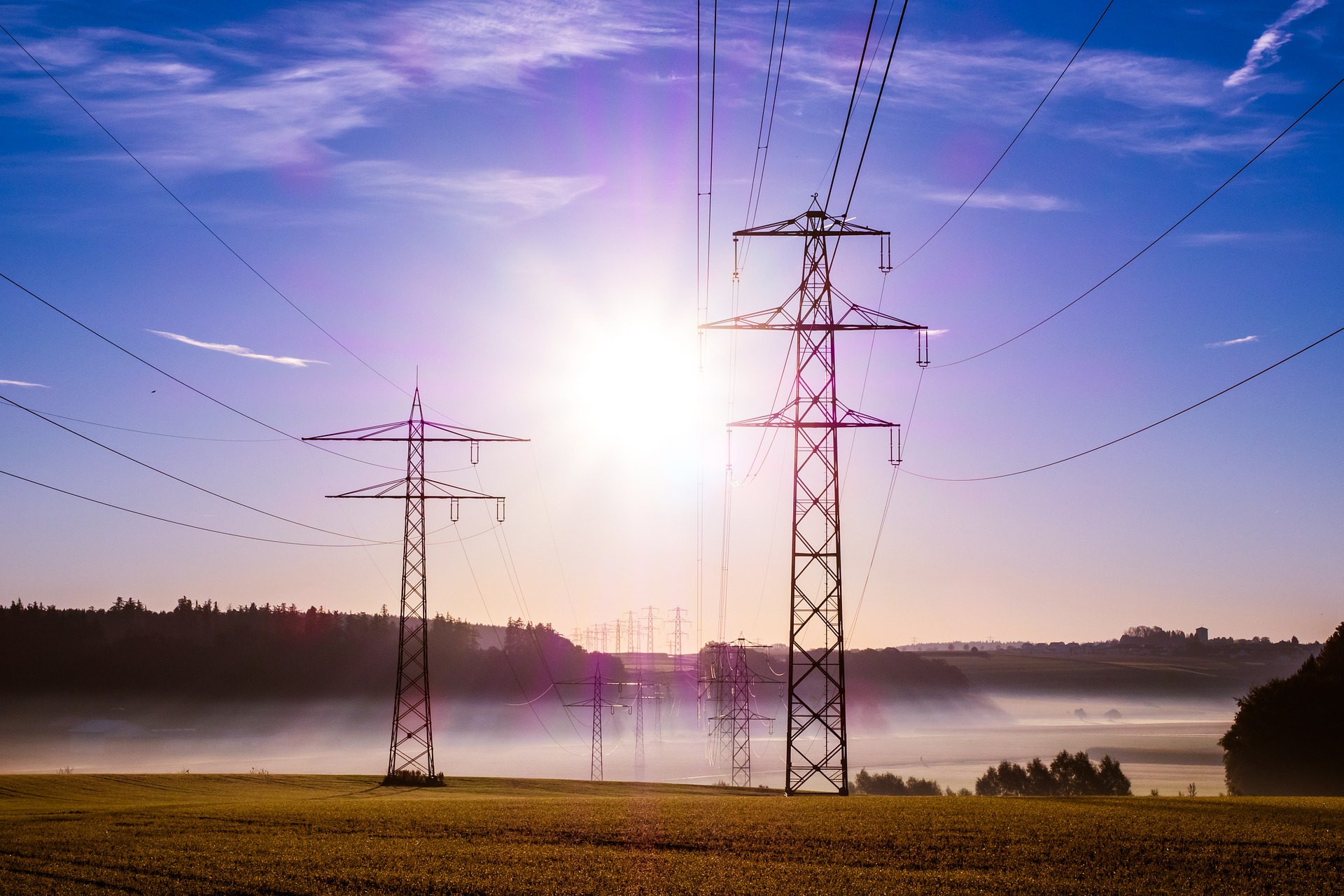
This article summaries a research project conducted by Ahmed Yousif, Masters candidate (Master of Public Policy), Doha Institute for Graduate Studies, Qatar
The Darfur region is located in the western segment of Sudan. It suffers from civil war, which was partially resolved through the Doha Document for Peace in Darfur (DDPD) in 2011. Darfur consists of five states: Northern Darfur, Southern Darfur, Western Darfur, Eastern Darfur and Middle Darfur. Most of Darfur citizens work in livestock raising and crop farming with 59% of them living in rural areas, 19% in urban areas, and 22% are nomads (African Development Bank Group, 2016). As result of the economic situation of Sudan, civil conflicts and geographical isolation of the Darfur region, development, infrastructure and services have been affected negatively, which created a development gap in this region (African Development Bank Group, 2016).
Darfur is not linked with the national electricity grid because of the security issues and the long distance between Darfur and the national electricity grid. Alternatively, the government established five isolated diesel supplied generation stations which are located in the capitals of Darfur’s states, one for each of them. These stations supply five capitals with unstable electricity that meets less than 20% of the demand. In addition, these stations perform with less than 60% of their real capacity due to fuel shortage, technical failure and overheating issues (African Development Bank Group, 2016).
Since the Darfur region suffers from a shortage of electricity, socio-economic development is significantly hindered. The current economic deficit and fuel shortage in the last two years (2016-2018 limited the current energy production and also delayed the expansion of electricity production from renewable energy resources. Hence, this study responds to this situation and aims to contribute to energy justice in Darfur.
Feed in Tariffs (FiTs) are amongst the most common instruments for scaling grid-connected renewable energy capacity, as demonstrated in more than 70 countries globally. Renewable energy independent power producers (REIPP) procurement programs achieved significant impact in energy production expansion in addition to tariff reduction in South Africa and other countries. Local cooperatives played an effective role in renewable energy adoption in Tigray area, Ethiopia. Therefore, this study discusses Feed-in Tariffs (FiTs), REIPP procurement programs, Solar Home Systems (SHSs) awareness programs for local cooperatives (co-ops) as policy alternatives to supply Darfur region with electricity.
As REIPP procurement programs policy scored the highest in the selection criteria, we can infer their great potential in providing Darfur with sufficient and stable energy, while also reducing tariffs significantly. This study recommends REIPP procurement programs as a policy to provide Darfur with electricity. Also, this study recommends SHSs awareness program for co-ops as a policy for villages where REIPP procurement programs policy isn’t effective, due to low energy consumption.
Read the full report here.

2 comments on “Policy Alternatives for Electrical Supply in the Darfur Region”